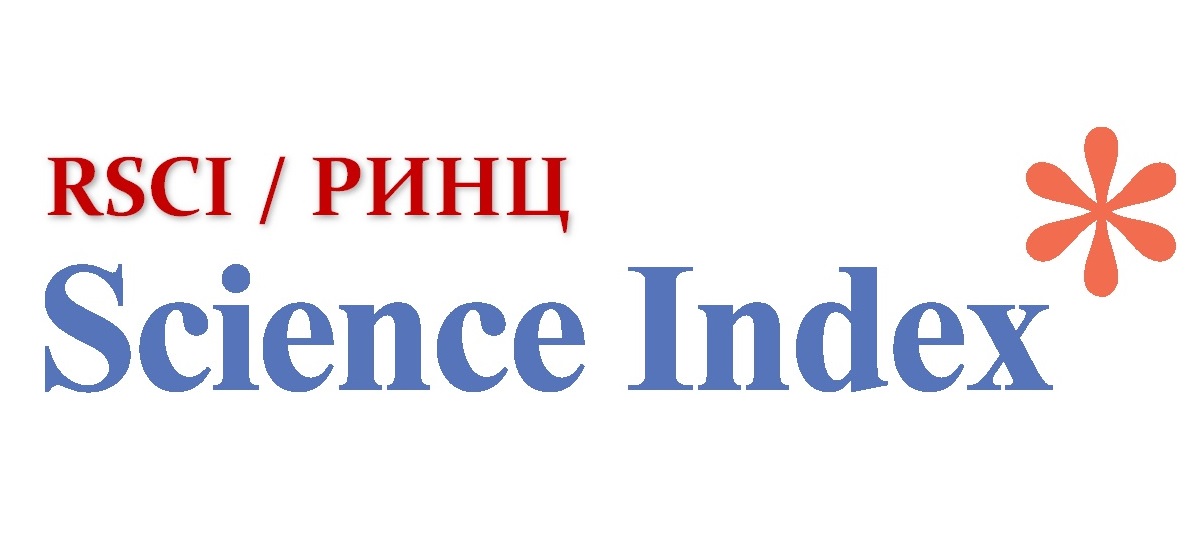Liability in the context of the application of artificial intelligence in armed conflicts
Views: 327 / PDF downloads: 193
DOI:
https://doi.org/10.32523/2616-6844-2024-148-3-55-74Keywords:
international humanitarian law, cyber operations, machine learning, digital technologies, armed conflict, international securityAbstract
The relevance of the study is determined by the fact that due to the development of military technologies, their use becomes a threat to national and international security, in connection with which there is a high risk of violating the norms of international law. Based on this, the purpose of the article is to analyze the legislative doctrine in the context of the application of artificial intelligence in armed conflicts. For this purpose, such methods as logical analysis, functional analysis, deduction, induction, formal-legal, dogmatic and others were used. During the study, the legislative doctrine of Kazakhstan was examined, which included conducting an analysis of the provisions of the Constitution, Regulations and decisions of the Constitutional Court. It also analyzed international legal acts, including the Convention on the Prohibition of Certain Weapons, the Geneva Convention and its Additional Protocols, with a focus on identifying violations and applying the principles of international law to assess unlawful acts in armed conflicts. Particular attention is paid to identifying the actors involved in such acts for the subsequent application of responsibility under international law. The idea of developing a specialized international instrument aimed at comprehensive regulation of the peculiarities of the use of artificial intelligence in armed conflicts is put forward. The results obtained have practical significance in providing recommendations aimed at considering ethical aspects and resolving liability issues related to the use of artificial intelligence in the context of armed conflicts.






